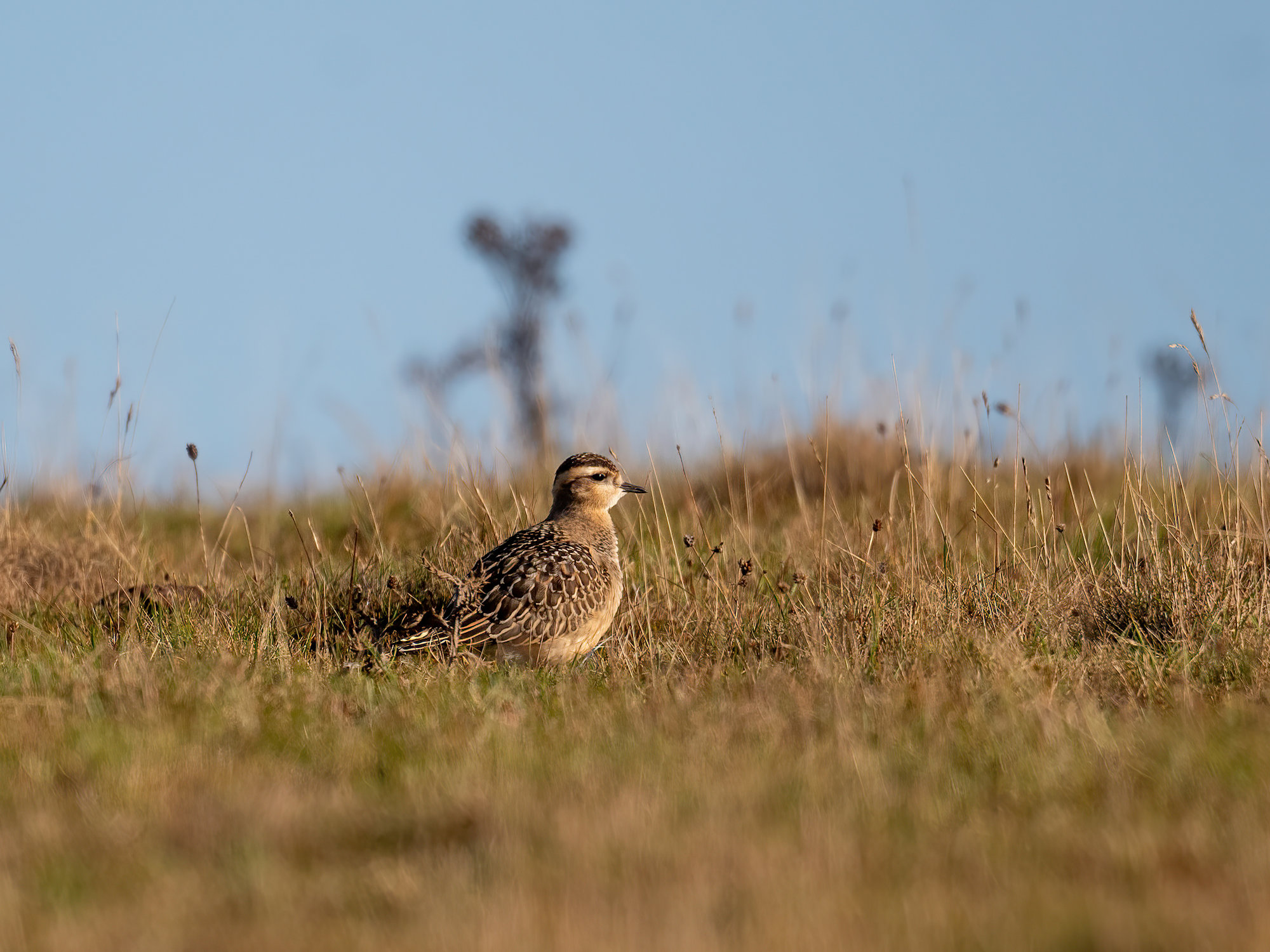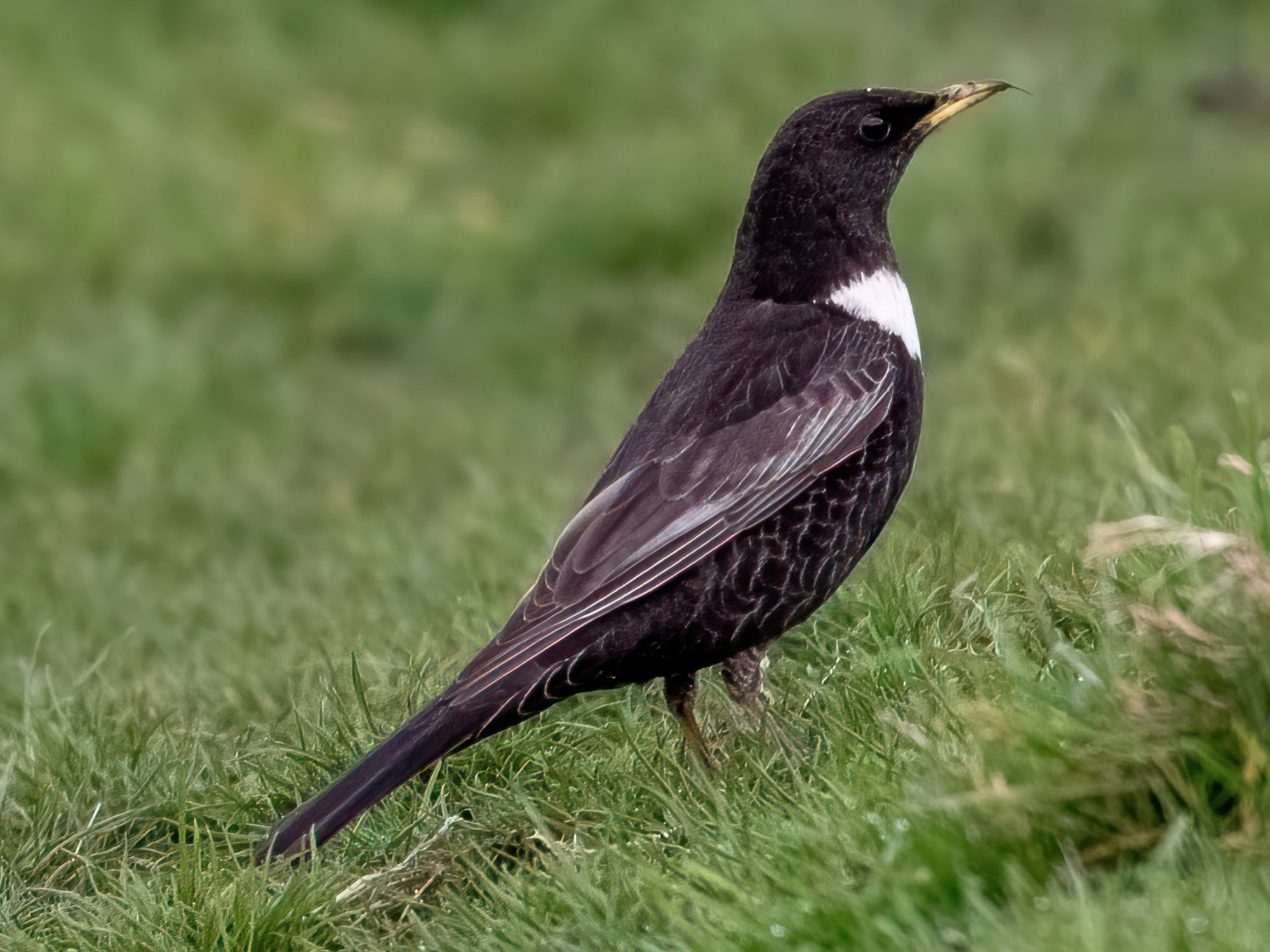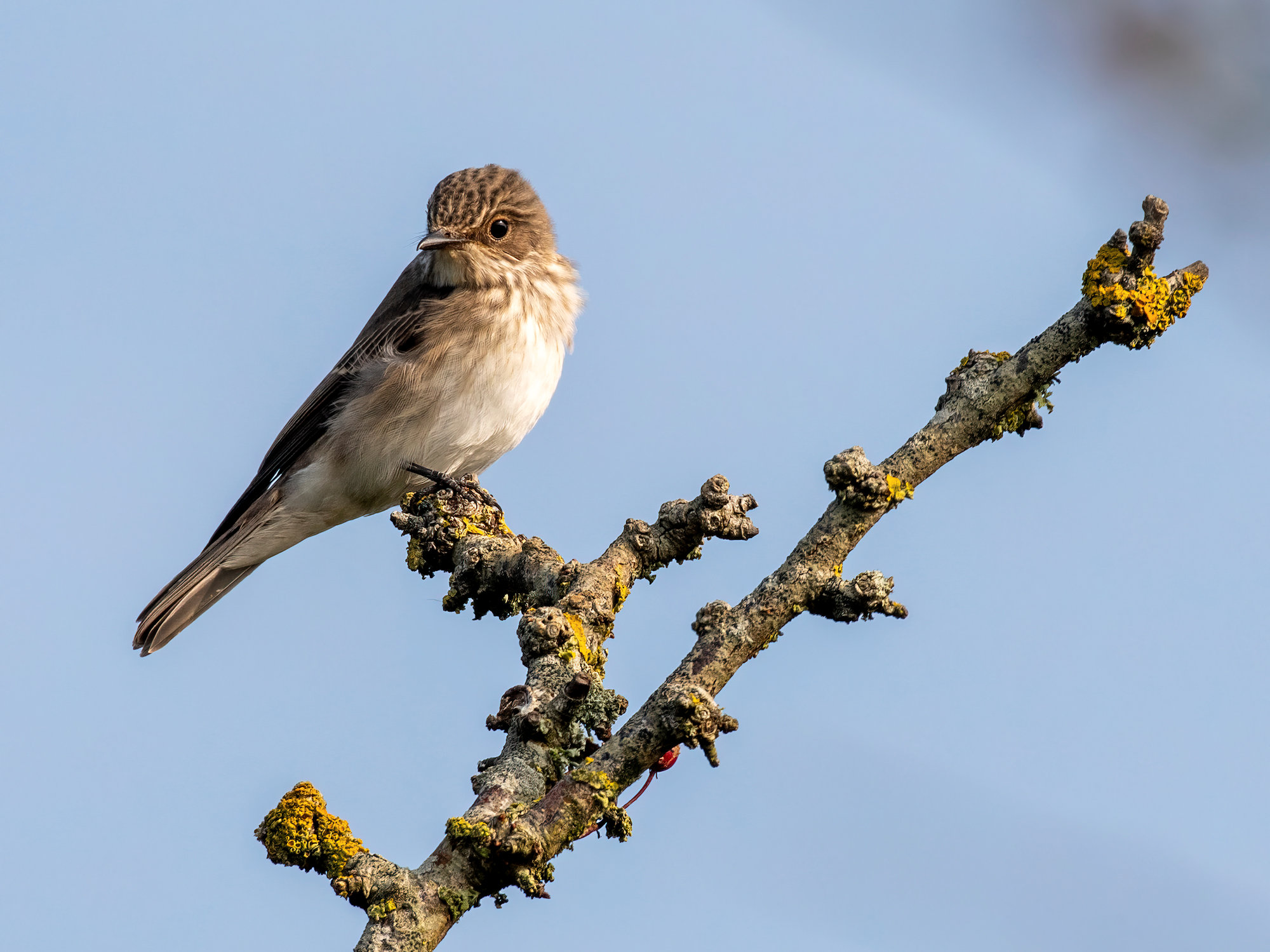West High Down
The western extremity of the Island consists of a large area of chalk downland that stretches from Freshwater Bay to the Needles. Almost the whole area is owned by the National Trust and provides spectacular views and good birding, mainly during the spring and autumn migration. If time permits cover the whole area from Tennyson Down to the Needles Battery. After a thorough search of the Down it’s worth checking Alum Bay Chine, the wooded area near the chairlift to the shore, and then on to Headon Warren (q.v), the higher ground to the North.
Parking
There are at least three alternatives for parking. If walking from Freshwater Bay west, there is a pay and display car park at Freshwater Bay. Head for the Tennyson Down behind the Albion Hotel and keep heading west across West High Down and on to the Needles Battery. Free parking is available at West High Down. From Freshwater Bay drive West into Bedbury Lane, then Moons Hill. Turn left at High Down Inn. The car park is at the end of the road. Walk up the track on to the Down. Parking is also available at the Alum Bay Car Park. There is a charge for some periods of the year.
What to look out for - Calendar
Spring (March - June)
During migration, the fence lines at the cliff edge and at the bottom of the Northern slope of West High Down can be very productive. Wheatear, pipits, warblers, wagtails, redstart, whinchat, flycatchers and ring ouzel can all be seen in favourable conditions. Falcons and corvids are seen regularly. Don’t neglect the sky as migrating raptors are occasionally seen here, including hobby, marsh harrier and honey buzzard.
The Southern cliff face is known as Main Bench and is a breeding site for seabirds including guillemot, cormorant, shag and a few pairs of razorbill. Raven and rock pipit also breed. At the Western end check the former rocket testing site for wheatear in Spring.
Autumn (July - mid November)
As in Spring, the fence lines at the cliff edge and at the bottom of the northern slope of West High Down can be very productive. The same species (wheatear, pipits, warblers, wagtails, redstart, whinchat, flycatchers, and ring ouzel, etc.) can all be seen, generally in larger numbers compared to the spring passage, as can visible migration of hirundines, thrushes and finches. Black redstart and firecrest are both regular later in the Autumn, along with post breeding dispersal movements of good numbers of Dartford Warbler and Stonechat. Migrating Raptors are also regularly seen here, including hobby, marsh harrier and honey buzzard, more frequently than during the Spring passage.
Winter (mid November - February)
The Down is very quiet during the Winter period but raven, stonechat, dartford warbler and black redstart are frequently present.
Rarities
Rarities in the area have included alpine accentor, Baird’s and buff-breasted sandpiper, corncrake, red-breasted flycatcher, tawny pipit, black kite, red-backed shrike, shore lark, snow bunting, dotterel and Sabine’s gull (seen just off the Needles).
Images

Dotterel. © Tracey Jolliffe

Ring ouzel. © Tracey Jolliffe

Spotted flycatcher. © Tracey Jolliffe
Useful links and further reading
View details on the Woodland Trust Headon Warren and West High Down
View details on the National Trust Needles Headland and Tennyson Down
View the current weather forecast for the Needles
View a map view of West High Down
